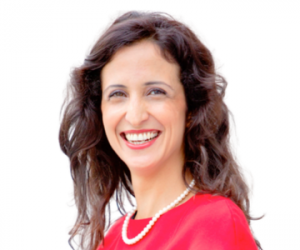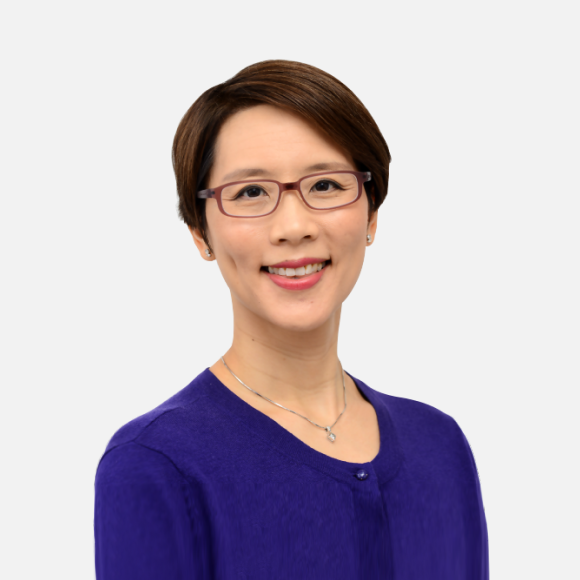
by Aditi Sethi, Economic Prosperity Community Lead, MIT Solve
Access to appropriate financial goods and services allows people to pursue opportunities and prepare for unexpected shocks. It also allows individuals to invest in themselves and their businesses and build intergenerational wealth. Having access to safe and secure financial services where one can safely store funds, transact securely, and access lines of credit and insurance creates a safety net which supports risk taking and keeps many out of the cycle of debt and poverty. Ultimately, with the right tools and services in place, financial inclusion can provide the scaffolding for equitable economic growth on an individual and community level.
The most recent World Bank Global Findex Database on access to financial services shows that approximately 1.4 billion adults still lack a formal bank account. An additional approximately 400,000 people lack access to appropriate services like the ability to transfer money safely. Thankfully, huge progress is also evident: mobile phone access has helped hundreds of thousands new people open accounts for the first time. The pandemic has also played a role in moving more people to open accounts so they can receive government assistance. In Southeast Asia, the pandemic has led to accelerated growth in the use of digital financial services such as e-commerce and mobile wallet usage.
Gaps in financial inclusion across gender, individuals and communities
- Women continue to have lower access to financial products and services than men. Some of this inequality can be explained by the discrepancy in access to devices, though research also suggests that fintech design plays a large role in this difference.
- Communities that have been historically discriminated against, including low-income populations, face higher costs in accessing financial services and products.
- Disabled populations face discrimination through both prejudice and because products are not suitable for their use.
- Displaced individuals, particularly those lacking a formal ID, have a great need for financial accounts where they can send and receive funds. However, they often do not have the relevant documents to prove their identity and feel unsafe in sharing their data to open these accounts.
The number of unbanked adults continues to be of concern, as does the “curse of the empty bank account”. This saying from Latin America refers to accounts that were opened to receive or make a payment and have since remained unused because account holders found no added value to having a formal account due to the lack of helpful financial products or services.
Proximate innovation is key for closing the gaps that remain
An effective way to close these gaps is for solutions to come from the communities where the gaps exist. Proximate innovators – the individuals and communities closest to the issue – are best situated to understand the challenge, barriers to its solutions, available resources, and potential hazards. They also have the knowledge to select technologies that will be most suitable and impactful.
Areas in which innovations can play a role in driving financial inclusion:
- Transferring payments: making it easier, cheaper, and more secure to send and receive salaries, remittances, and other payments;
- Assessing credit-worthiness: seek to end discrimination in issuing loans, create a more accurate assessment of someone’s assets, and establish varied sources to understand trust-worthiness. For example, during the pandemic, digital platform companies like Gojek and Grab used their merchant data to help pre-screen loan applicants for the dissemination of loan aid to MSMEs;
- Creating or scaling safe personal ID methods: technological innovations can create new and safe methods in establishing one’s identity or reduce friction in scaling existing methods;
- Informing the design of insurance products: innovations can aid in the gathering and synthesizing of relevant data, to allow for more deliberate and inclusive product design for uninsured populations who are at the greatest risk of facing shocks.
Solutions to financial exclusion must make financial products more accessible, affordable, and usable. They must be trustworthy and inclusive. The most effective solutions may include a literacy component that teaches people how to use the product.
We are at an exciting time, where innovations in technology can truly make it easier for everyone, everywhere, to be able to contribute and benefit from a larger economic system through financial inclusion.
MIT Solve, an initiative of the Massachusetts Institute of Technology (MIT), is seeking tech-based solutions that provide financially excluded individuals and small enterprises with the tools they need to withstand financial shocks and build wealth. With over $1 million available in prize funding, the 2023 Global Challenges aim to bring together MIT’s innovation ecosystem to drive lasting, transformational impact. For more information, click here.
The views and recommendations expressed in this article are solely of the author/s and do not necessarily reflect the views and position of the Tech for Good Institute.






